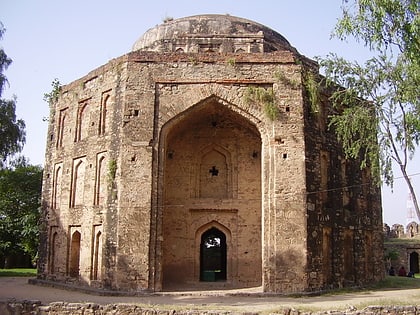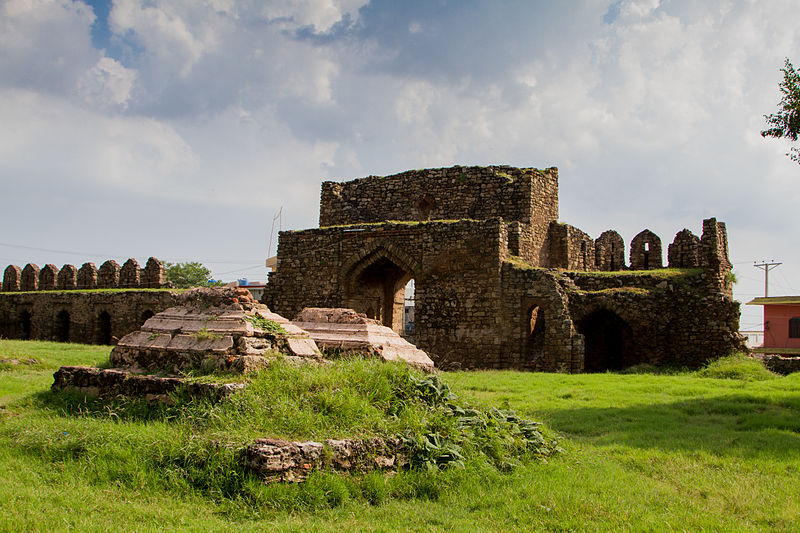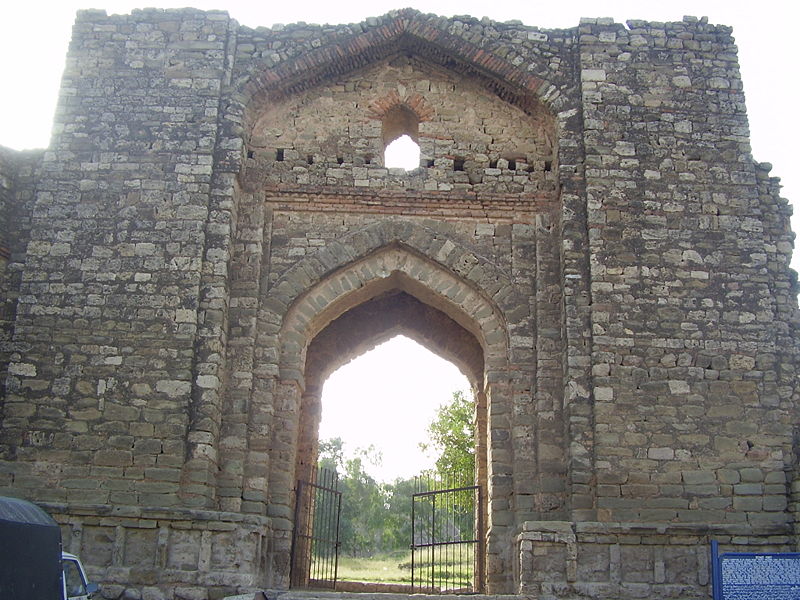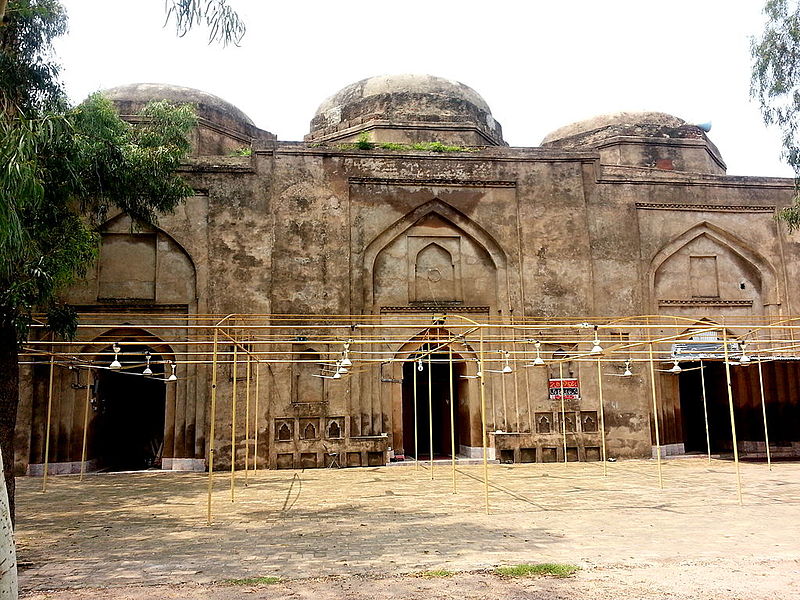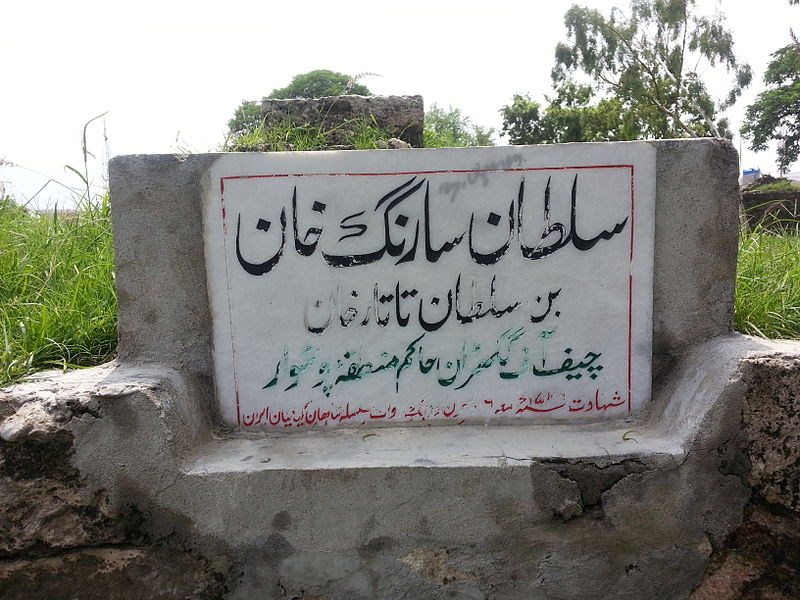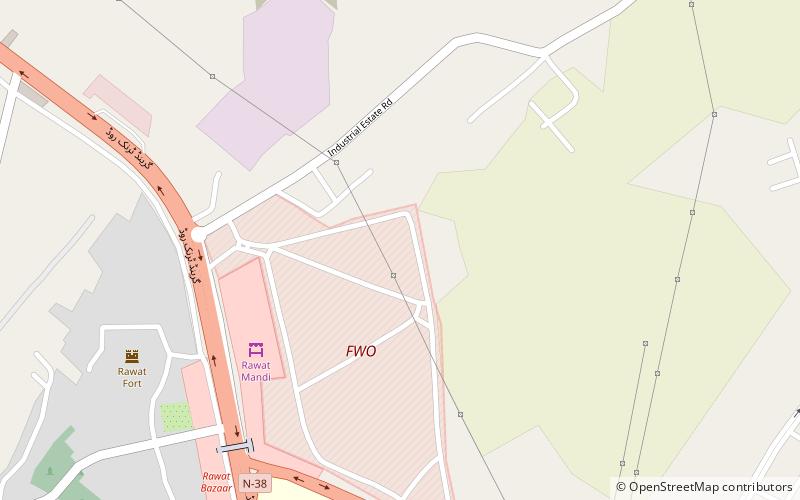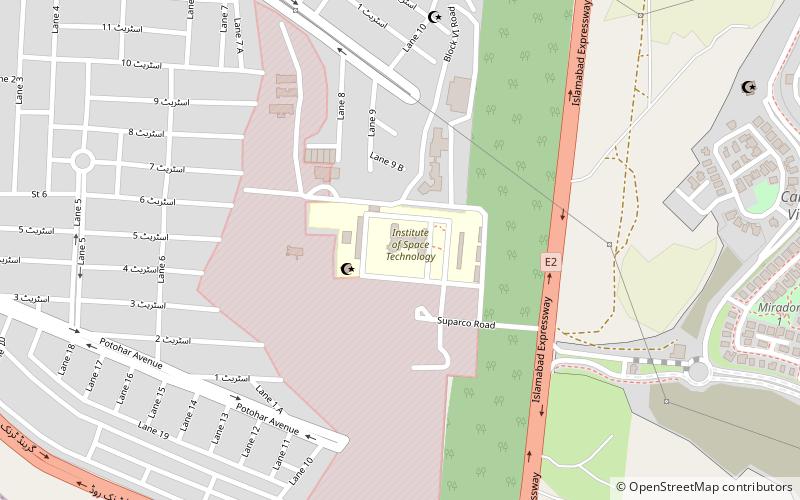Rawat Fort, Rawalpindi
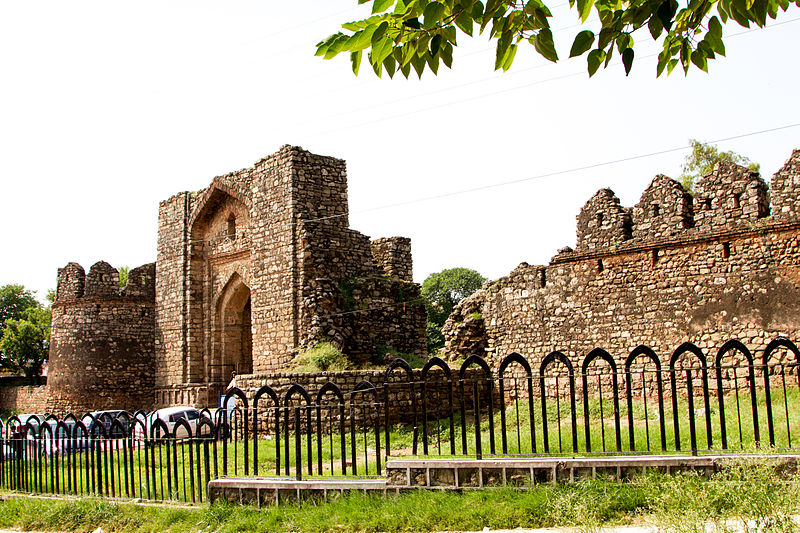
Facts and practical information
Rawat Fort, a historical landmark, stands as a testament to the bygone eras of the city of Rawalpindi, Pakistan. This ancient fort, though not as towering as the skyscrapers of modern cities, carries the weight of centuries within its walls. Constructed in the early 16th century by the Gakhar clan, the fort is a symbol of the region's rich heritage and has witnessed the ebbs and flows of power through the passage of time.
The fort's strategic location along the historic Grand Trunk Road made it a pivotal site for military campaigns and trade. It served as a line of defense against invaders and was notably involved in the Battle of Rawat between the forces of the Mughal Emperor Babur and the Gakhar chieftain Sultan Sarang Khan.
Rawat Fort's architecture reflects the military design of its time, with robust walls and battlements that speak of its defensive purpose. The fort's interior is home to a mosque and a series of graves, including that of Sultan Sarang Khan himself, which are adorned with exquisite tile work, illustrating the artistry of the period.
Despite the ravages of time, Rawat Fort remains an important historical site and attracts visitors who are eager to delve into the depths of Pakistan's past. The fort is a point of interest for both history buffs and casual tourists alike, offering a glimpse into the life and times of the Gakhar dynasty and the early Mughal period.
Preservation efforts have been undertaken to maintain the integrity of the fort, ensuring that its legacy endures for future generations to explore and appreciate. The site is accessible to the public, and visitors can walk through the remains of this once formidable structure, pondering the stories etched into its walls.
Rawalpindi
Rawat Fort – popular in the area (distance from the attraction)
Nearby attractions include: Riwat, Riwat Site 55, Railway Housing Scheme 8 Chaklala, Institute of Space Technology.
